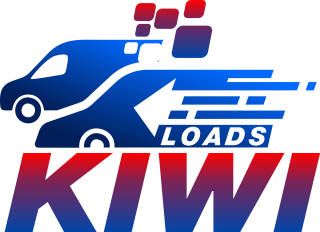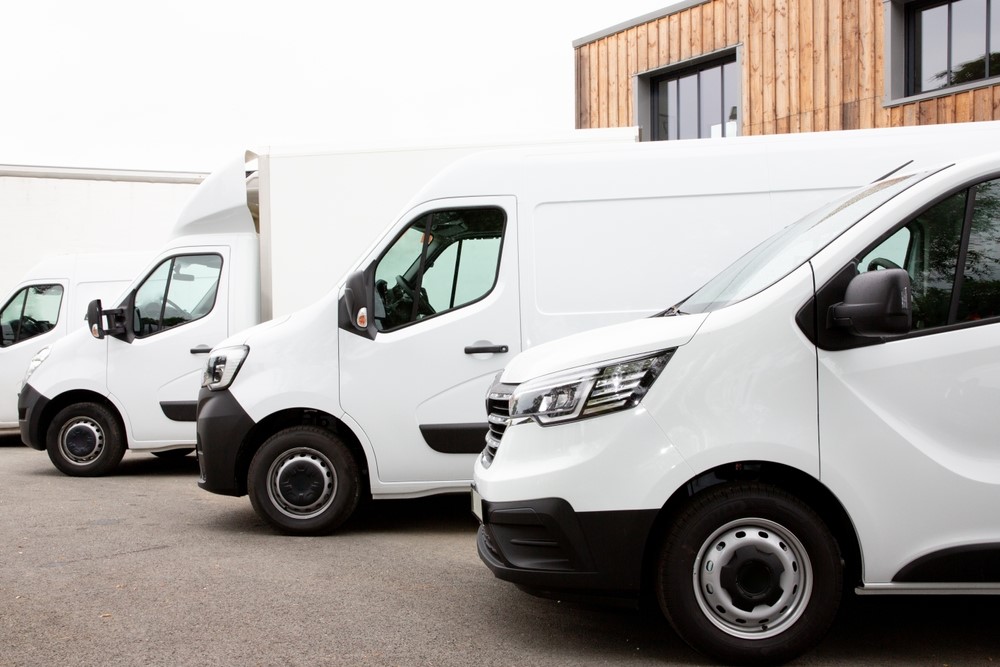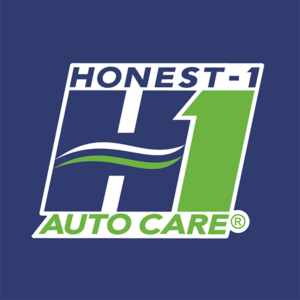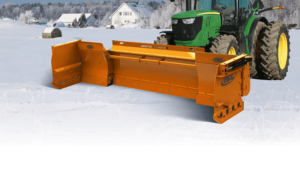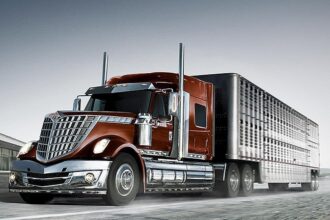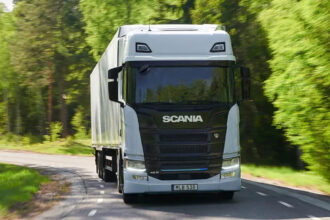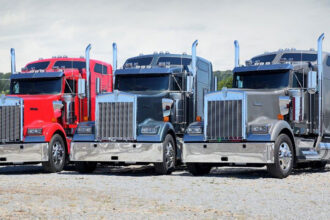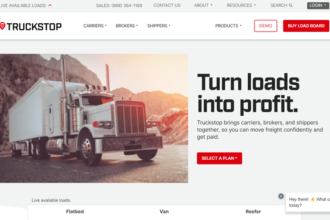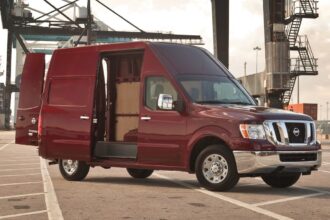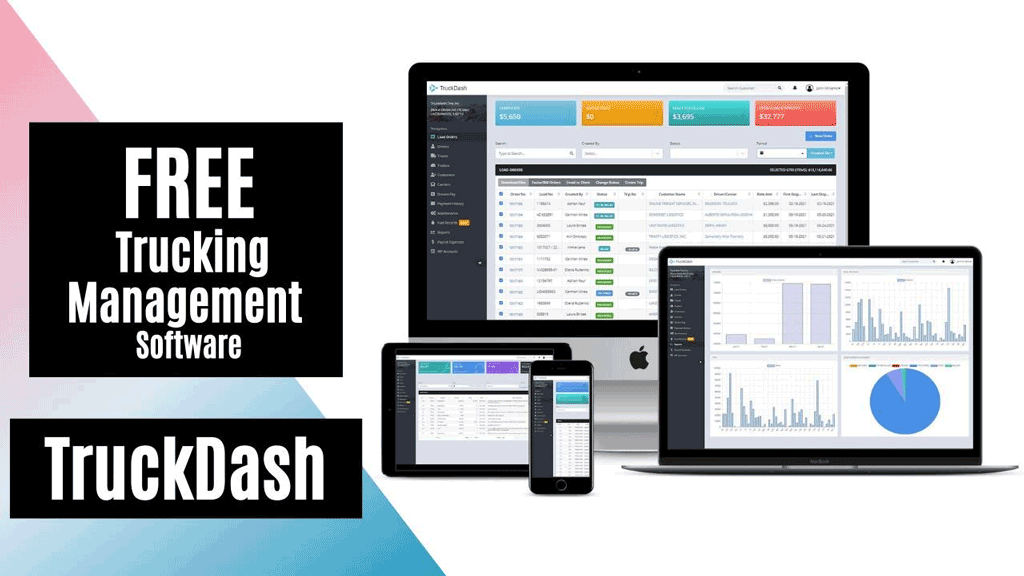Table of Contents
Introduction
Embarking on a step van business presents an exciting entrepreneurial opportunity. Step vans, popular for their adaptability and versatility, offer a distinctive platform for delivering goods, providing services, or even establishing a mobile business.
However, to maximize the potential of this venture, a comprehensive checklist becomes indispensable. This checklist goes beyond surface-level considerations, delving into the intricacies of launching and managing a step van business.
When entering the step van business, it’s important to note that the average cost of a cargo van can vary significantly depending on its type and model. These costs typically range from $20,000 to $40,000, allowing for flexibility depending on your specific cargo size and weight requirements.
While van driver positions are available nationwide, a closer look reveals that the Western states offer a higher concentration of such jobs.
SUMMARY
- Business Concept and Planning
- Legal Requirements and Permits
- Vehicle Acquisition and Customization
- Manage Business Location and Mobility
- Executing Marketing and Customer Engagement
Overview of Step Van Business Checklist
How to Choose Step Van Business
Pros & Cons of Step Van Business
What to Watch Out For
Pro Tips
Recap
1. Business Concept and Planning
The business plan allows you to outline your objectives, analyze the market, develop strategies, and plan financially.
- Offers flexible initial investment
- Adapts to various mobile businesses
- Potentially yields high-profit margins
- Increases payload capacity
- Enhances safety
- Provides weather protection
- Improves fuel efficiency
- Demands a solid business plan
- Involves intensive competition in popular niches
- Experiences seasonal demand fluctuations
- Offers lower load capacity
- Features smaller cargo size
- Raises safety concerns for divers
- Affects fuel efficiency
- Impacts depreciation
- Define the nature of your step van business
- Specify the products or services you intend to offer
- Identify your unique selling points and competitive advantages
- Conduct market research to understand your target audience’s preferences, needs, and purchasing behavior.
- Choose an ideal location or territory for operating your step van business, considering factors like foot traffic, competition, and accessibility.
- Develop a business plan outlining your business goals, strategies, and operational procedures.
- Include a mission statement, market analysis, marketing plan, financial projections, and a timeline for growth.
- Define your business’s legal structure (e.g., sole proprietorship, LLC, corporation) and outline your organizational structure.
- Calculate your startup costs, including the purchase or lease of a step van, equipment, licenses, permits, and initial inventory, operating expenses, such as fuel, maintenance, insurance, and marketing.
- Research step van options in the market, both new and used, to identify the best fit for your business concept and budget.
2. Legal Requirements and Permits
Ensuring compliance with federal and state regulatory requirements is crucial when operating your step van business, as it involves various legal and permitting steps. As a new entrant in the industry you may find it complex to navigate the rules in relation to safety, credentials, taxes, and overall compliance.
Therefore, having guidance on these mandates and processes is essential to avoid penalties and maintain legal standing in the field.
- Ensures the legality of your business operations.
- Builds trust and credibility with customers
- Provides opportunities for expanding services
- Leads to lower insurance premiums
- Eliminates the requirement for a commercial driver’s license (CDL) to operate
- Involves navigating complex regulations and permit requirements
- Entails varying costs and specific requirements for permits and licenses
- May result in possible delays in obtaining permits
- Poses the challenge of complying with stringent government regulations
- Involves incurring substantial costs to obtain a carrier authority
- Select an appropriate legal structure for your business, such as a limited liability company (LLC), sole proprietorship, or others
- Register your step van business with the relevant federal, state, and local authorities to ensure legal recognition.
- Secure all necessary permits and licenses for your specific business model and location
- Stay up-to-date about and adhere to industry regulations, such as hours-of-service (HOS) rules, electronic logging device (ELD) usage, minimum wage standards, and driver eligibility criteria.
- Implement the use of electronic logging devices (ELDs), which are mandatory for all motor carriers and drivers required to maintain records of duty service (RODS). Stay up-to-date about state-specific regulations, such as California’s AB5, which redefines the classification of workers as independent contractors or employees, potentially impacting labor practices within your business.
3. Vehicle Acquisition and Customization
Purchasing and properly outfitting your hotshot truck and trailer with the right accessories and technology is central to having a rig for your cargo needs.
- Gain full control over the type and condition of your chosen step van
- Customize the vehicle according to your specific business requirements
- Leverage the opportunity to brand your step van
- Benefit from maneuverability
- Enjoy fuel efficiency
- Incur initial costs
- Manage maintenance and repair expenses
- Consider potential downtime
- Evaluate warranty coverage
- Conduct thorough research to identify and purchase a suitable step van that aligns with your business objectives and budget
- Explore retrofitting and customization options for the van’s interior to create a workspace that meets your specific needs
- Ensure compliance with safety standards
- Get a vehicle insurance
4. Manage Business Location and Mobility
As a transportation business, managing your mobile operations and home base location efficiently is critical.
- Adapt locations
- Participate in events
- Lower overhead
- Enhance delivery
- Struggle with traffic impact
- Experience competition for prime spots
- Consider weather sensitivity
- Strategically choose locations
- Establish local business partnerships
- Research top states for step van business like Tennessee, Indiana, Delaware, Georgia, Mississippi, New York, North Carolina, Nevada, Kentucky, and West Virginia.
5. Executing Marketing and Customer Engagement
Marketing, sales, and providing excellent service are necessary to build a solid clientele and succeed in the competitive hotshot industry.
- Leverage marketing channels
- Build customer loyalty
- Adopt word-of-mouth referrals
- Experience intense competition
- Have time-intensive efforts
- Manage online reputation
- Deal with detention
- Create a strong brand
- Establish online presence
- Participate in local events
- Foster customer loyalty
>>>PRO TIPS: Step Van Business Accessories You Need to Succeed
Overview of Step Van Business Checklist
The step van business is experiencing rapid growth, making it an ideal choice to enhance the quality of your business services. Whether you’re looking to establish a full business or generate passive income, a step van is a versatile and effective solution.
Step vans offer numerous advantages for businesses, including excellent maneuverability due to their standard size and shape, making them perfect for new business owners.
It has the ability to navigate side roads and parallel park easily, unlike larger transport vehicles. Step vans also offer versatile load capacity, ranging from 500 lbs to 4,000 lbs, with a maximum towing capacity of five tons.
How to Choose Step Van Business
Here are the top 5 factors to consider when choosing a step van business:
Business Niche
Choosing the right niche is pivotal because it directly influences your business concept, target audience, and overall success. In locations like Portland, Denver, Orlando, Philadelphia, Indianapolis, Houston, Austin, Los Angeles, New York City, and Nashville, the food truck industry thrives due to their diverse populations and vibrant food scenes. In contrast, states like New Jersey, Washington, Connecticut, Oregon, Pennsylvania, Tennessee, Minnesota, Michigan, Nevada, and Hawaii witness a rising demand for delivery services due to the increasing preference for online orders and convenience.
Market Research
Analyze the local market and understand your target customer demographics in the location(s) you wish to cover. Determine consumer preferences and buying behavior within your niche.
Location
Choose a strategic location for your step van business, considering factors like population density, foot traffic, and proximity to your target market, traffic. For instance the average mileage between cities are 40 miles to over 3000 miles and traffic in cities like California, Maryland or New York.
Legal and Regulatory Compliance
Ensure you comply with all legal and regulatory requirements for your business, including permits, licenses, and insurance.
Vehicle Selection
Research and choose a suitable step van that meets your business needs in terms of size, condition, and customization options. Chevrolet and GMC are two of the most popular manufacturers of step vans. They produce step vans in sizes from 1/2 ton to 2 tons. If you’re going for used vans, check out sites like truckpaper.com, machinio.com.
Ensure the vehicle complies with safety standards and can be used for your intended purpose, so have a physical check before purchase.
Pros & Cons of Step Van Business
Pros
- Offers versatility
- Provides potential for high profit margins
- Ensures weather protection
- Enhances fuel efficiency
- Offers branding opportunity
Cons
- Involves initial costs
- Requires maintenance and repair
- Limits load capacity
- Involves competition
>>>GET SMARTER: How to Get Business Insurance for Step Van Delivery Service
What to Watch Out For
Here are a few things to watch out for when creating your checklist:
- Ensure regulatory compliance
- Navigate regional competition
- Adapt to seasonal demand
- Address location selection challenges
- Understand local demographics
- Consider economic factors
- Embrace cultural diversity
Pro Tips
Here are valuable tips that significantly enhance your journey in the world of step van business:
- Gain certifications
- Use technology
- Watch out for seasonal offerings
- Follow up on customer feedback
- Prioritize safety for both employees and customers.
- Implement eco-friendly practices
- Utilize data analytics tools to track sales trends, customer behavior, and inventory turnover
Recap
Starting a step van business offers exciting entrepreneurial opportunities, leveraging the versatility of these vehicles. A comprehensive checklist is essential for success, covering various aspects of launching and managing this venture. Consider the average cost of a cargo van, typically ranging from $20,000 to $40,000, depending on your cargo requirements.
Key checklist items include business planning, legal requirements, vehicle acquisition, business location management, and effective marketing. Embracing pro tips and being aware of potential challenges are crucial for thriving in the step van business.
